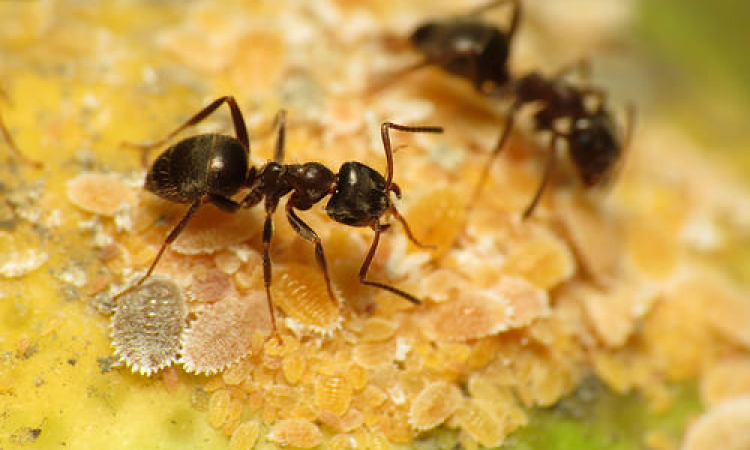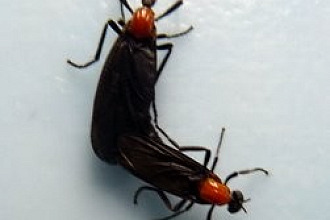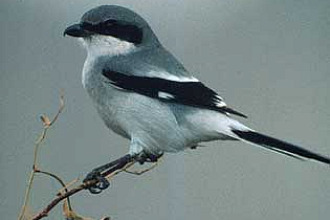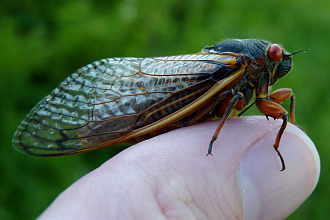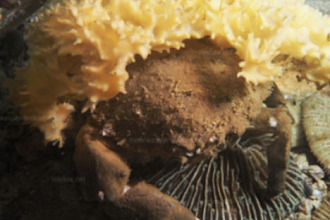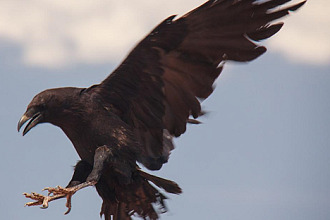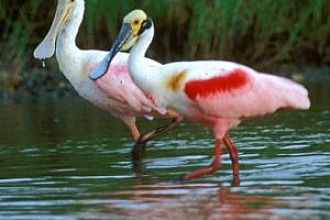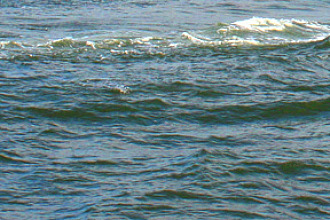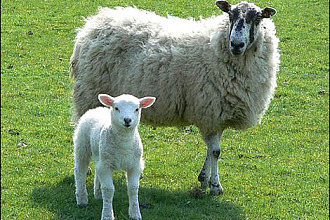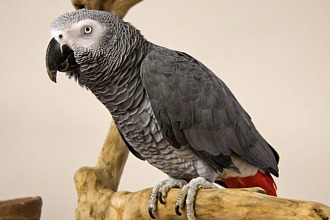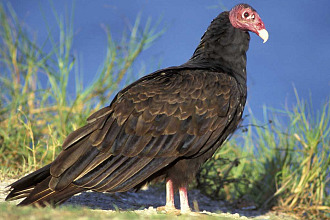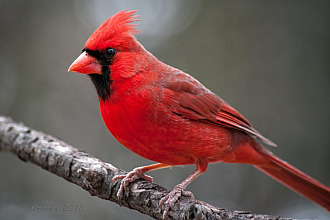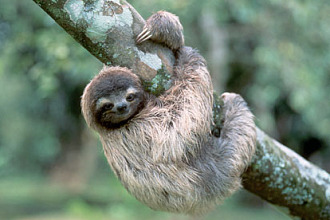Another fascinating relationship, which has been observed in nature, concerns the Bull's Horn Acacia tree of Central and South America.
This tree is furnished with large hollow thorns that are inhabited by a species of ferocious stinging ants. Small bumps on the tree also supply food to the ants. Consequently, the ants get food and shelter from the tree. The tree, for its part of the bargain, receives complete protection from all animal predators and plant competitors. The ants viciously attack any and all intruders. But the truly remarkable aspect of this symbiotic relationship is the fact that these ants are gardeners! They make regular raids in all directions from their home tree, nipping off every green shoot that dares to show its head near their tree. As a result, this particular tree always has plenty of sunlight and space which is a rarity in the tropical jungle where the competition for such things is intense. Experiments have shown that when all of the ants are removed from one of these trees, the tree dies within 2 to 15 months.
Evolutionists casually label this type of symbiotic relationship as an example of co-adaptation. Of course, they never attempt to explain just how such an intricate relationship might have developed through the evolutionary process. Hence, the evolutionary viewpoint continues to be a matter of faith or presumption, not science. But how much more reasonable and logical is the faith of the creationist who perceives that these wonderful relationships are the purposeful and intelligently designed handiwork of an omniscient Creator.
Originally found here
Picture originally found here

